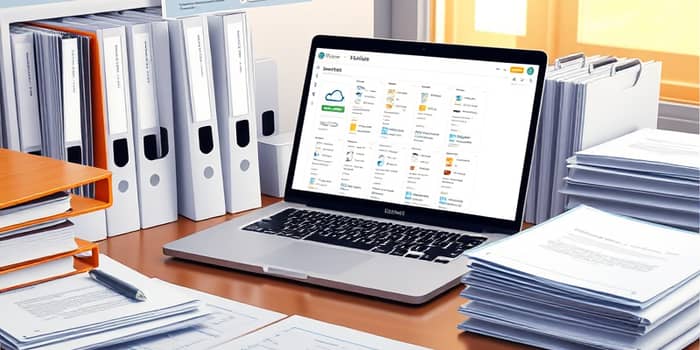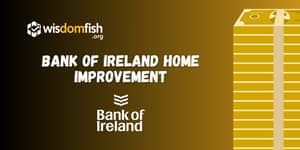
Maintaining clear, accessible records for every loan is more than an administrative task—it’s a vital practice that protects your financial security and peace of mind. When you keep your paperwork in order, you gain confidence in your tax filings and legal standing.
Whether you’re an individual borrower or part of a large financial institution, a robust documentation system can transform a pile of papers into a streamlined, reliable resource. In this article, you’ll discover actionable strategies and inspiring insights to turn documentation chaos into clarity.
From tax season to audits, having legal proof of the loan at your fingertips can prevent costly disputes and penalties. Well-structured records support:
• Accurate tax reporting, allowing you to substantiate interest deductions or distinguish loans from gifts. • Swift responses to regulatory inquiries and compliance checks. • Smooth servicing, refinancing, or payoff processes without scrambling for missing paperwork.
Remember, a few minutes spent organizing today can save hours of stress tomorrow. Whether facing an IRS review or a lender’s due diligence request, your documentation will speak volumes about your preparedness and professionalism.
Before building your system, list every document type that might be relevant. A comprehensive checklist should cover:
By cataloging these items, you ensure that every phase—from origination to payoff—is thoroughly documented and easily retrievable.
Effective organization hinges on a clear, repeatable structure. Start by defining folders, naming conventions, and storage locations. Aim for a centralized document repository that serves as your single source of truth.
Use this simple table to guide your initial setup:
Consistent labeling reduces search time, while a logical folder hierarchy prevents misplaced files. Whether you choose local servers or cloud solutions, maintain clear guidelines so every user follows the same rules.
Automated tools can elevate your system from adequate to exceptional. Invest in software offering:
By embracing these innovations, you’ll minimize manual effort and reduce the risk of human error. A few clicks can generate reports, flag missing paperwork, or alert you to upcoming retention deadlines.
Your system remains valuable only if it stays current. Schedule regular reviews to ensure completeness and compliance. During each audit, verify: the presence of all required documents, accuracy of metadata, and adherence to retention policies.
Clear audit protocols encourage accountability. Assign roles for reviewing new additions, updating folders after repayments or modifications, and removing expired files according to legal timelines. This ongoing care prevents gaps that could derail future tax filings or legal claims.
Financial records contain personal data and must be safeguarded. Implement encryption and secure storage to shield information from unauthorized access. Key measures include:
• Encrypted cloud repositories with multi-factor authentication. • Granular permission settings, granting only necessary access. • Regular security assessments and vulnerability scans.
By prioritizing data security, you not only fulfill regulatory obligations but also build trust with borrowers and stakeholders.
Neglecting proper organization can have serious repercussions. Without reliable records, you may face:
Beyond financial losses, the stress of reconstruction and the potential damage to your reputation make disorganization a risk no one can afford.
Organizing loan documentation is both an art and a science. By implementing consistent naming conventions and automated version control, you lay the foundation for accuracy, compliance, and efficiency.
Begin today: draft your checklist, design your folder hierarchy, and choose the right technological tools. With each document neatly placed and each record securely stored, you’ll experience the confidence that comes from complete readiness—for tax season, audits, or any legal challenge.
Embrace these best practices now, and transform your paperwork into an invaluable asset. Your future self—and anyone who reviews your records—will thank you.
References













